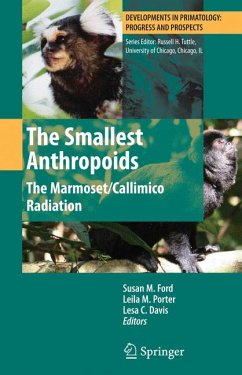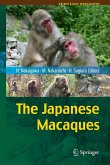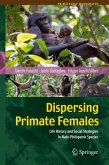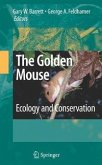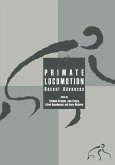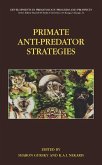Dieser Download kann aus rechtlichen Gründen nur mit Rechnungsadresse in A, B, BG, CY, CZ, D, DK, EW, E, FIN, F, GR, HR, H, IRL, I, LT, L, LR, M, NL, PL, P, R, S, SLO, SK ausgeliefert werden.
"Provides a timely review and summary of ... anthropoid primates. ... Primatologists in general who want to update their knowledge on callitrichids or specifically on marmosets will find this book very useful. Specialists involved in research on callitrichid biology ... will find specific sections and chapters helpful and informative. Outside the primatological realm anthropologists mammalogists and zoologists will find this book a useful source ... . I consider this book an important contribution to callitrichid biology and hope it will find a wide audience." (Eckhard W. Heymann, Folia Primatologica, Vol. 81 (1), 2010)
"This new, comprehensive volume, edited by primatologists Ford (Southern Illinois Univ.), Porter (Northern Illinois Univ.), and Davis (Northeastern Illinois Univ.), brings together 23 chapters by 59 contributors who focus specifically on marmosets and Callimico. ... In addition to the subject index, the volume includes a taxonomic index, which allows the reader to easily find information on genera and species discussed in the book. Summing Up: Recommended. Upper-division undergraduates through professionals in primatology, biological anthropology, and zoology." (E. J. Sargis, Choice, June, 2010)

